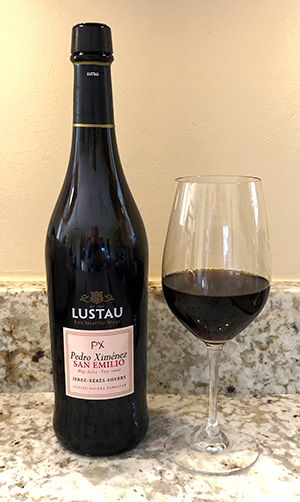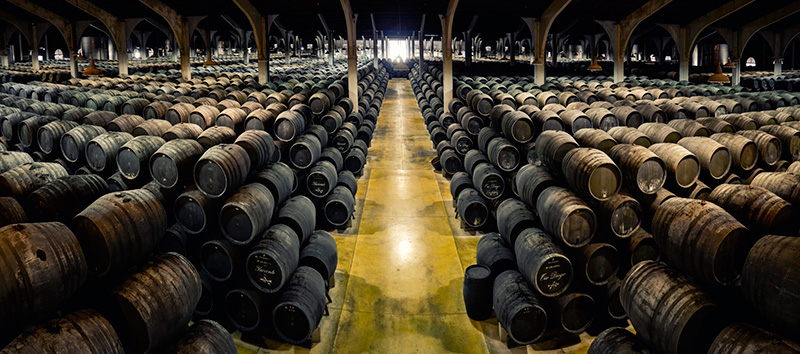 The origins of Emilio Lustau S.A. date back to 1896, when José Ruiz-Berdejo, a secretary to the Court of Justice, started cultivating the vines of the family’s estate, Nuestra Señora de la Esperanza, in his spare time. In these modest beginnings he made wines which were then sold to larger sherry producers. This activity was known as being an almacenista or stockeeper.
The origins of Emilio Lustau S.A. date back to 1896, when José Ruiz-Berdejo, a secretary to the Court of Justice, started cultivating the vines of the family’s estate, Nuestra Señora de la Esperanza, in his spare time. In these modest beginnings he made wines which were then sold to larger sherry producers. This activity was known as being an almacenista or stockeeper.
Lustau Pedro Ximénez San Emilio Sherry
This wine is made from 100% Pedro Ximénez grapes instead of the usual Palomino used for sherry. They are sun-dried until they are practically raisins. After fermentation, the wine is aged for 12 years in American oak in the traditional solera system.

The word “unctious” could have been coined just to describe this sherry, which has an ultra-rich velvety mouthfeel. This wine is as dark as Kahlua, and with even more viscosity. Predictably, the taste is dominated by raisins, followed by dates, brown sugar, baking spices, and molasses. It is extremely sweet, for sure, but very well balanced with just the right amount of acidity, and ends with a very long finish.
Enjoy this luxurious wine on its own, or pair it with blue cheese, nut-based desserts, chocolate, or sweet desserts



